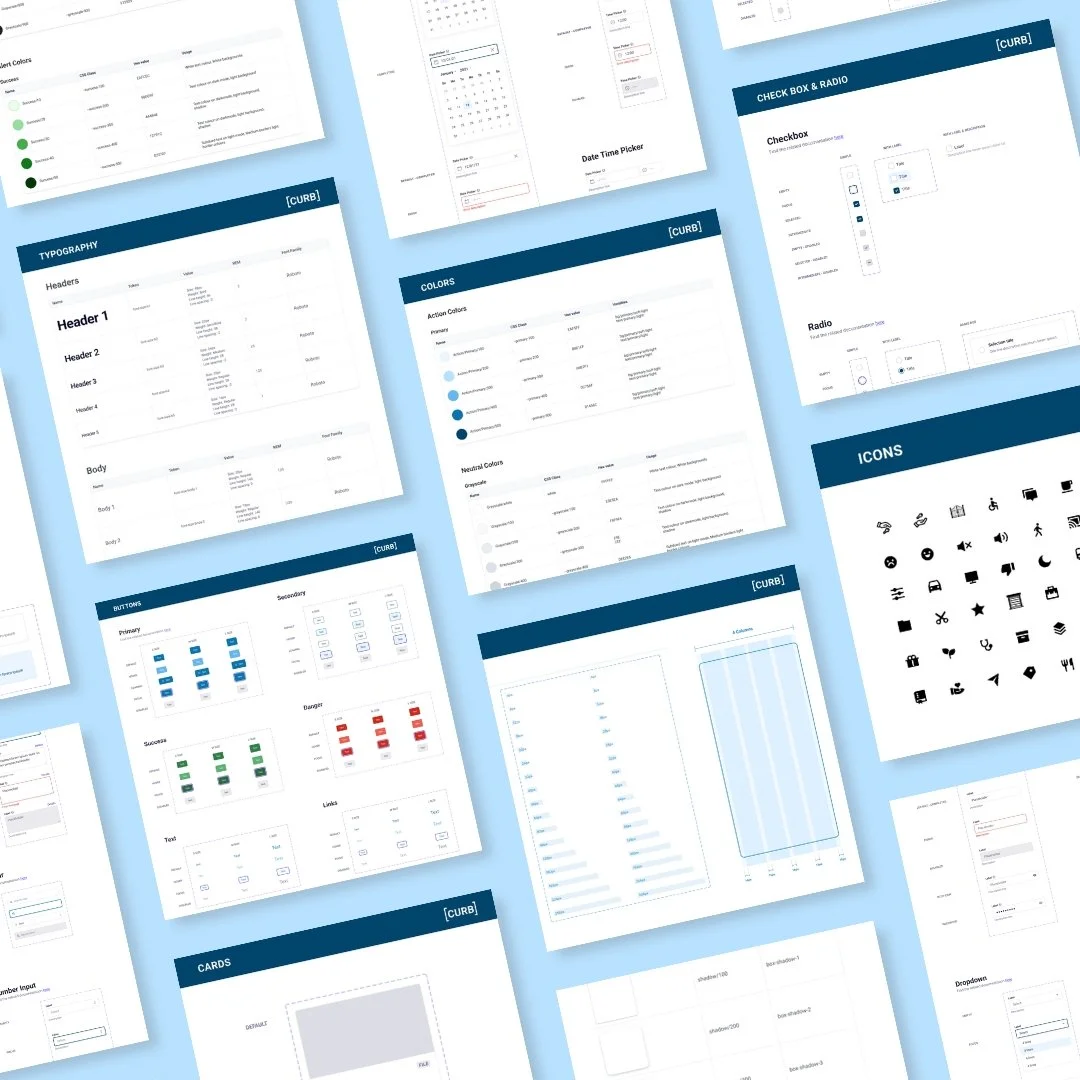
Overview
What is CURB?
CURB is a startup focused on helping drivers easily find and reserve parking.
Problem
CURB’s mobile app had no existing design infrastructure, making it difficult to maintain visual and functional consistency across app screens or collaborate efficiently with engineers. Without a centralized design language or reusable components, building a scalable product would be time-consuming, error-prone, and inconsistent as the product grew.
Solution
Research
Audit existing designs to identify gaps and inconsistencies in UI
Competitive analysis on other successful design systems
Outcome
Build
Scalable system
using the atomic
design methodology
Test
Partner with engineers to test for usability and
accessibility
Document
Create guidelines to ensure clarity and consistency in design-to-dev handoff
Increased sprint velocity, enabling one additional feature per sprint and reducing design-to-dev handoff time by
two daysIntroduced an effective method for communicating the design language across all team members
Solid foundation for current and future products, brand consistency, and team growth
Proper documentation decreased number of errors and overlapping functionalities
-
Duration
March 2021 -
June 2021 -
My Role
Lead UX/UI Designer
-
Team
PM X1
Eng x5
-
Tools
Figma
Jira
Storybook
Parking Our System in Place
Team huddle
As a team, we created a roadmap, collaboration workflow, Jira ticket structure, and component tracking sheet.
I also established bi-weekly Design System office hours for ongoing communication and support.
Research and Discovery
Understanding the mess
I started off by exploring the current design workflow, audited design libraries, and evaluated the component structure.
I interviewed engineers and PMs to uncover system gaps, pain points and inconsistencies.
Key findings
no single source of design components & elements libraries
no consistency & cohesiveness among the products
lacking of organization and proper documentation
designs violated accessibility guideliness
Research and Discovery
Learning from others
I researched best practices from leading design systems like Google Material, Atlassian, IBM Carbon, and Salesforce Lightning.
Google Material Design
Atlassian
Carbon (IBM)
Lightning (Salesforce)
Let’s Build a Scalable System
We implemented into Atomic Design methodology to develop a structured, reusable design system.
This approach breaks the UI into smaller, interconnected components, simplifying the creation of consistent and scalable designs.
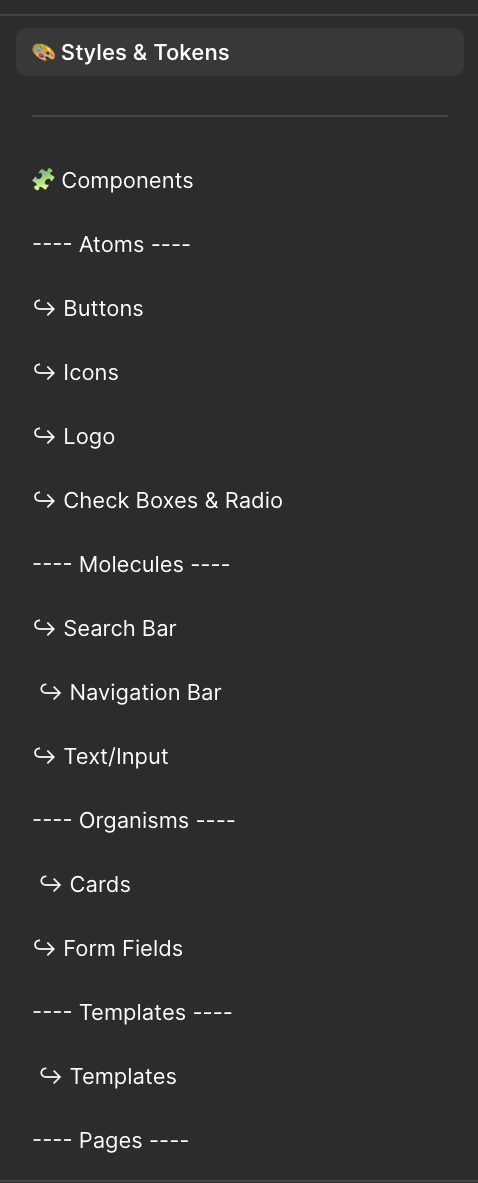
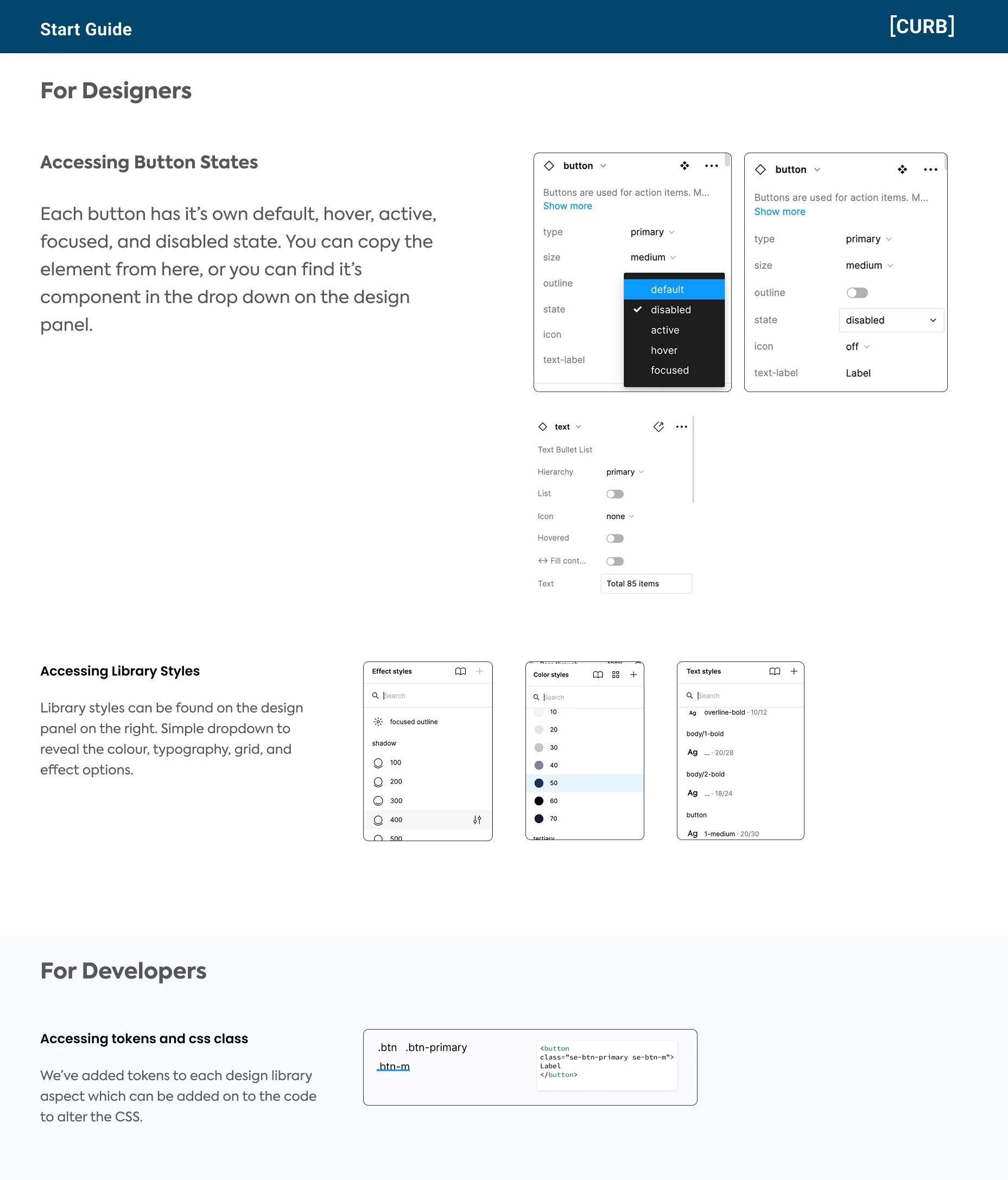
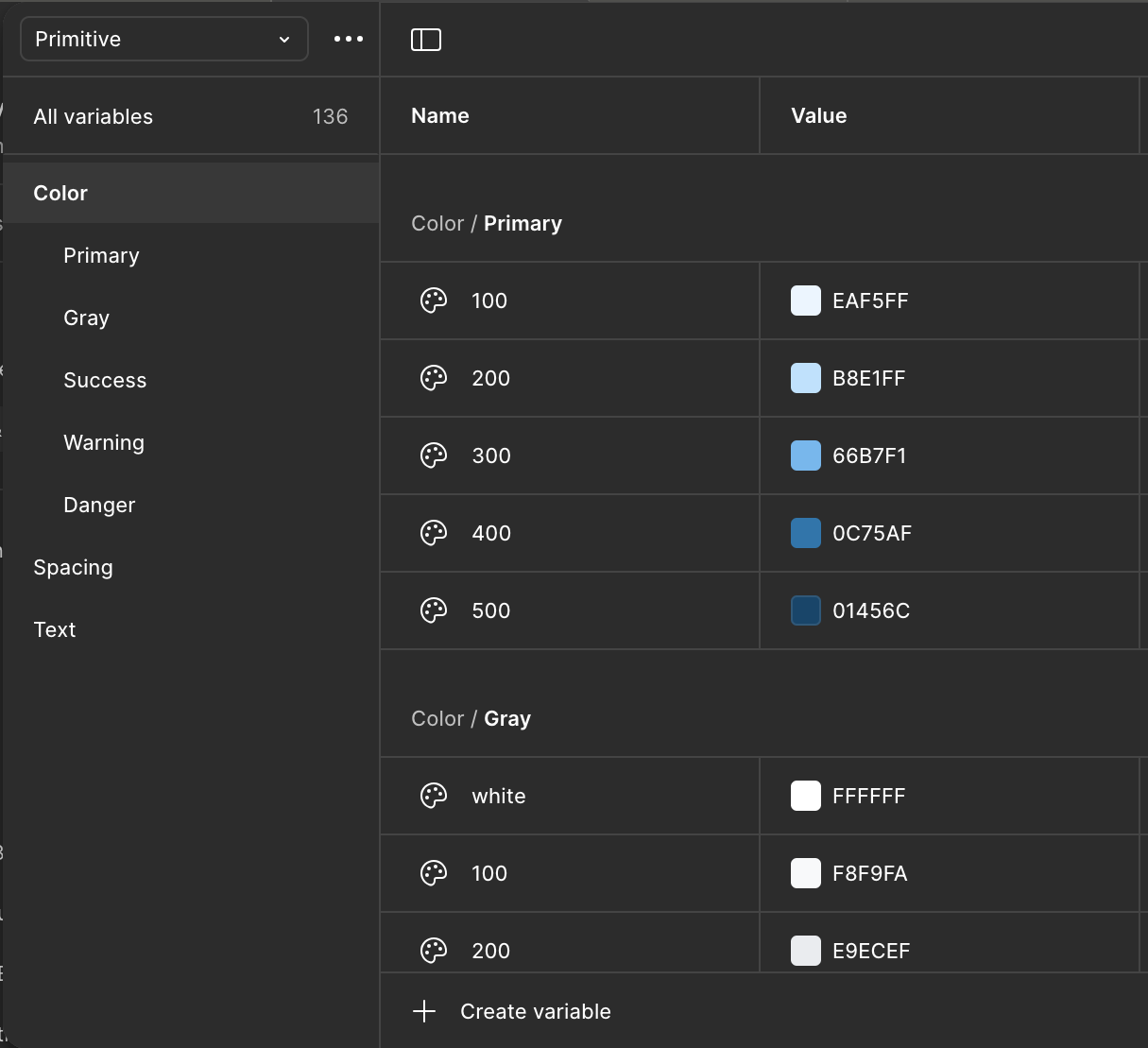

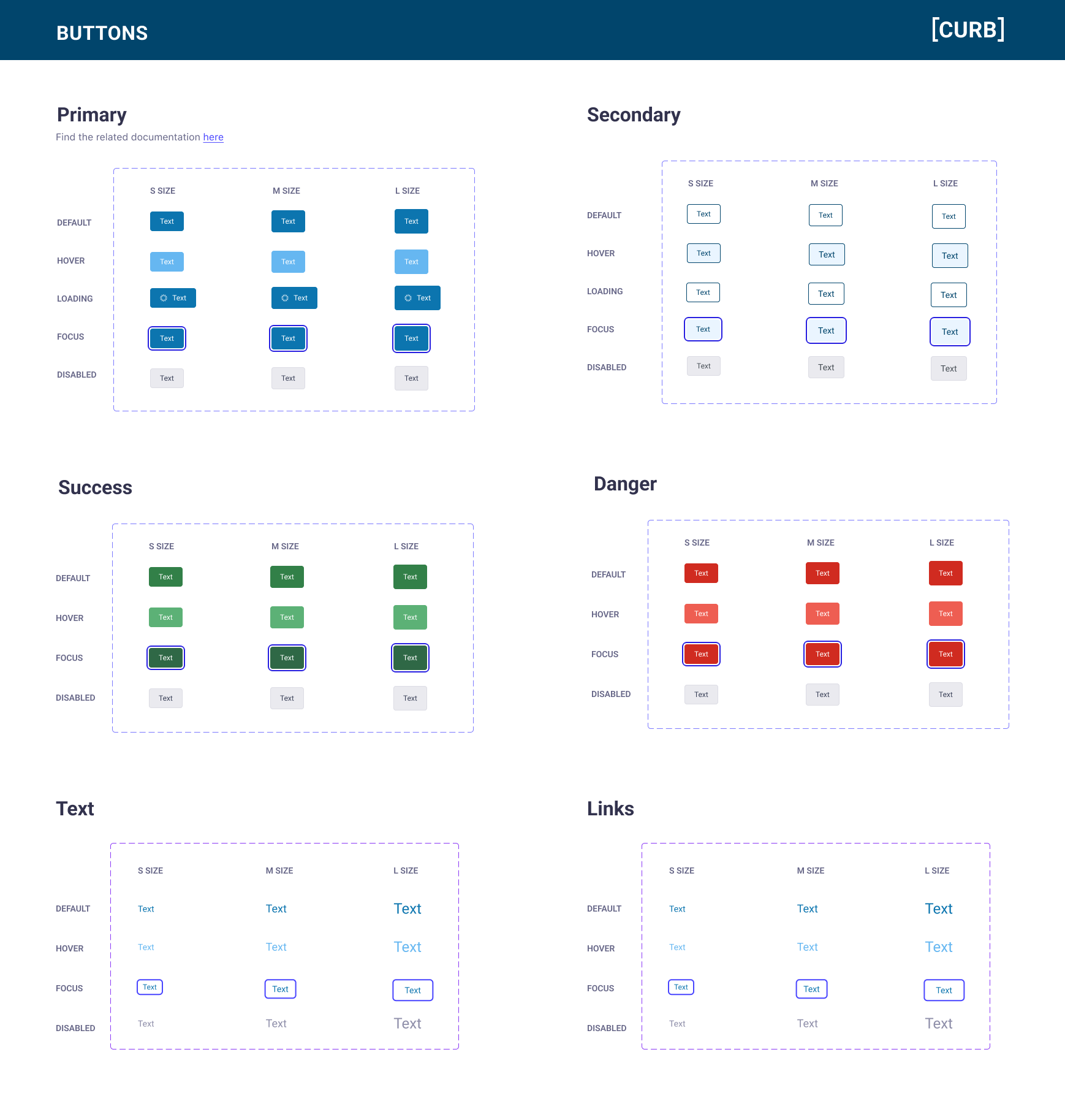
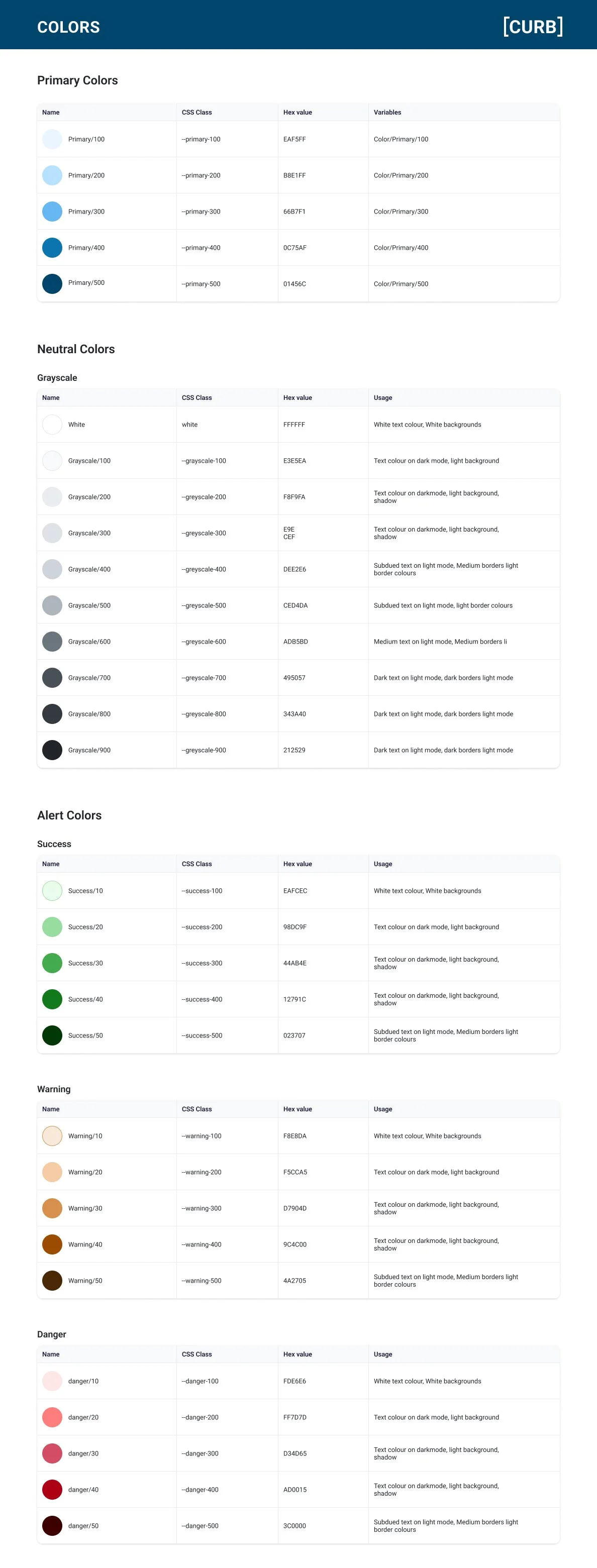
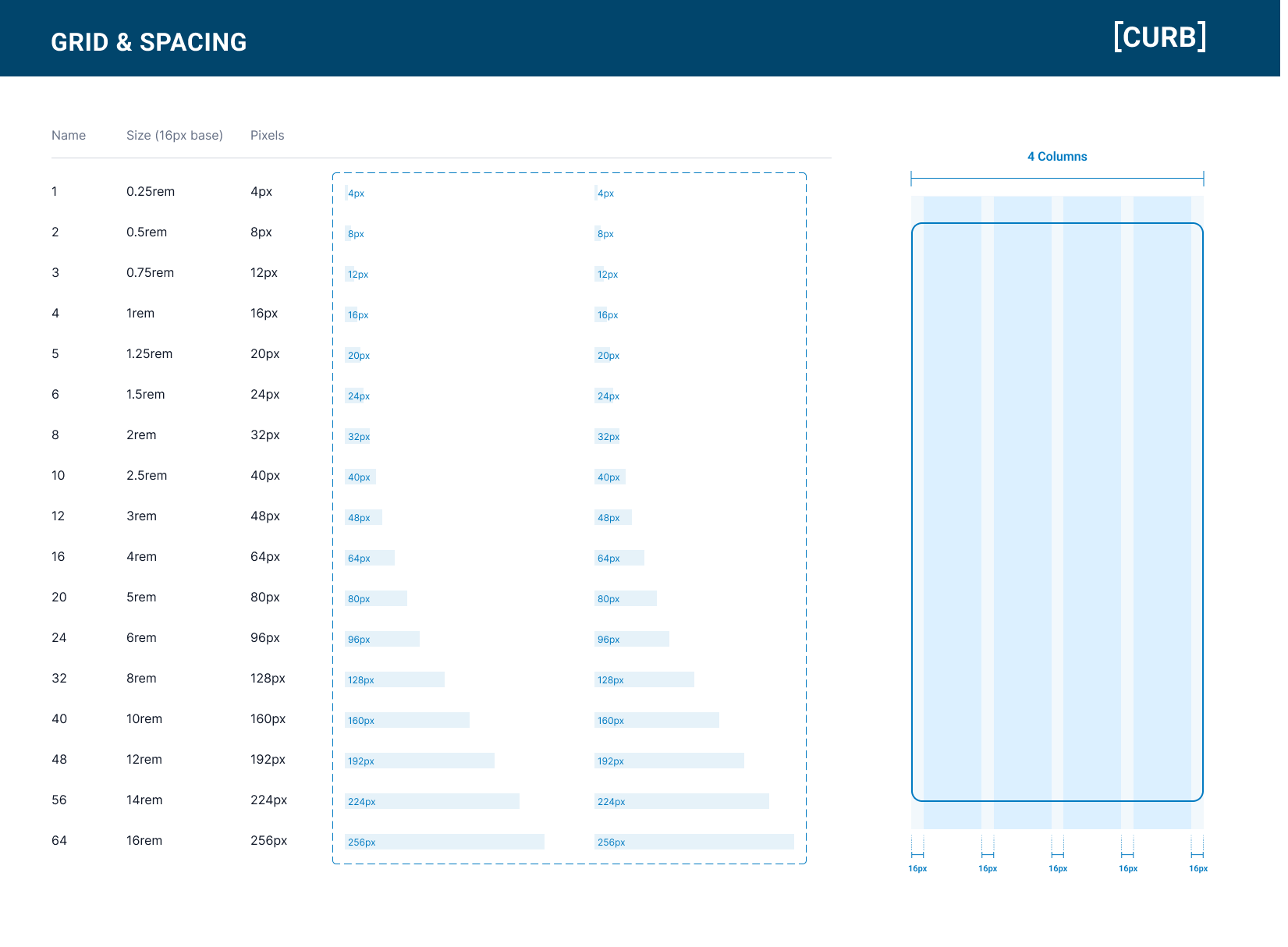
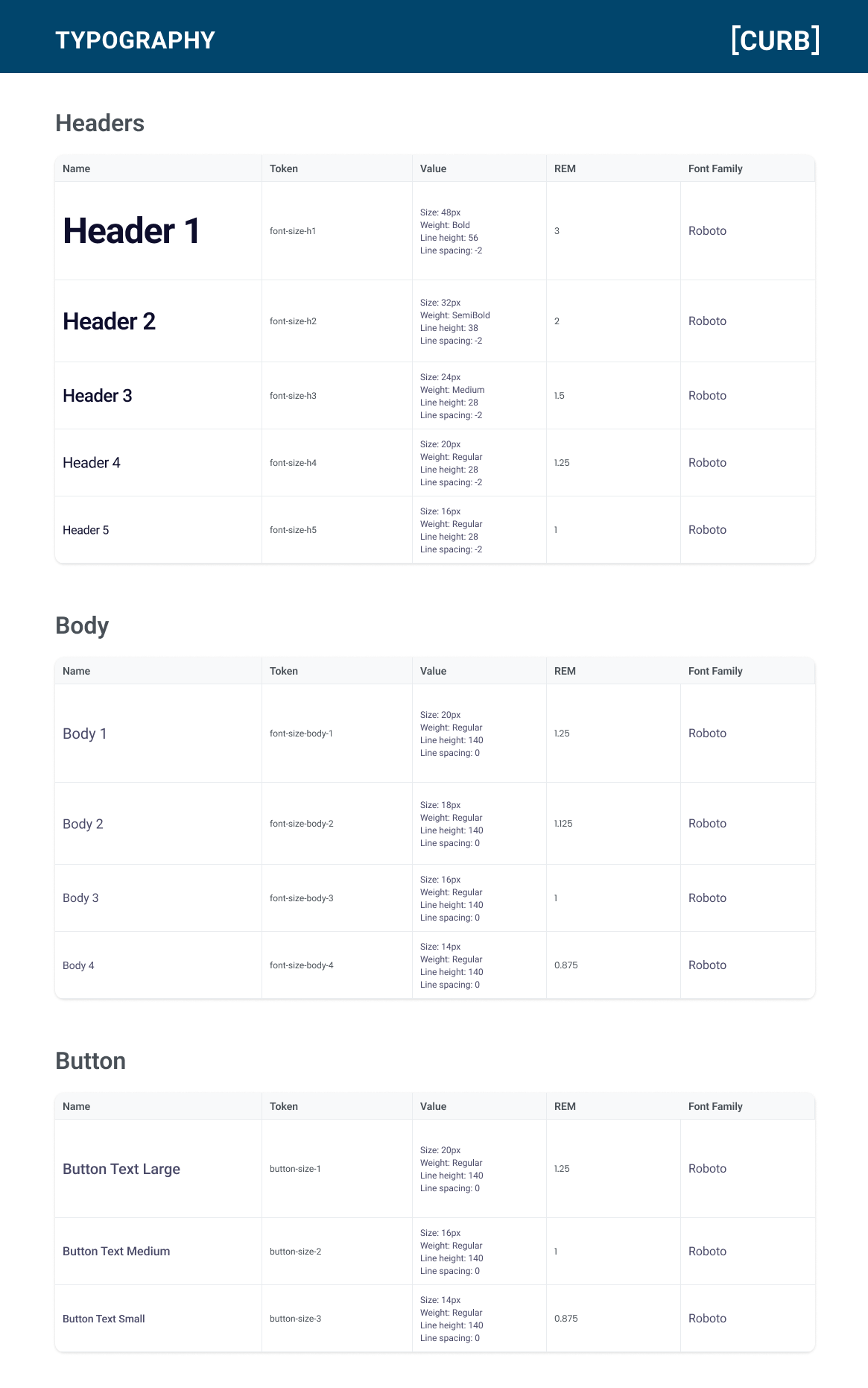
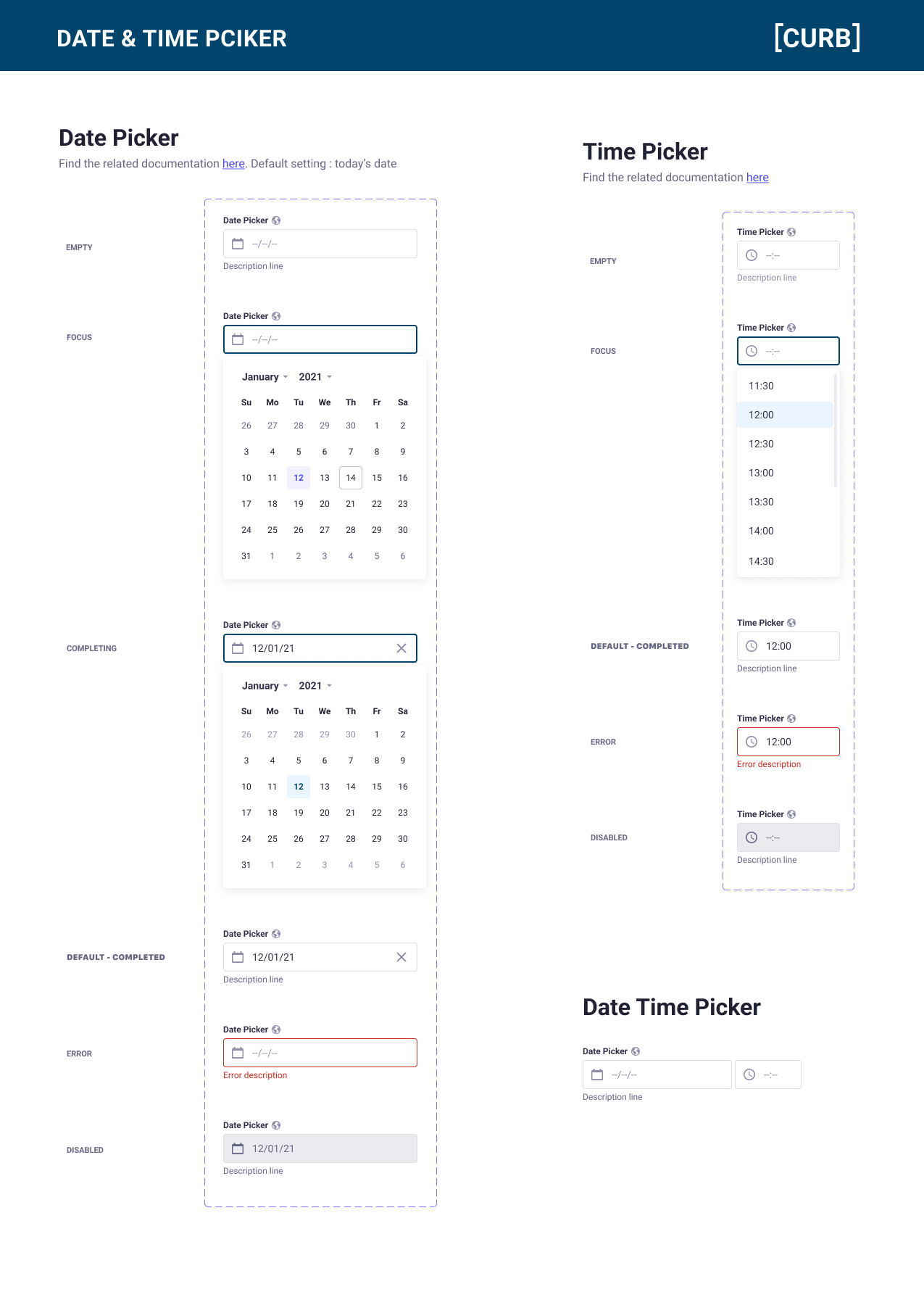

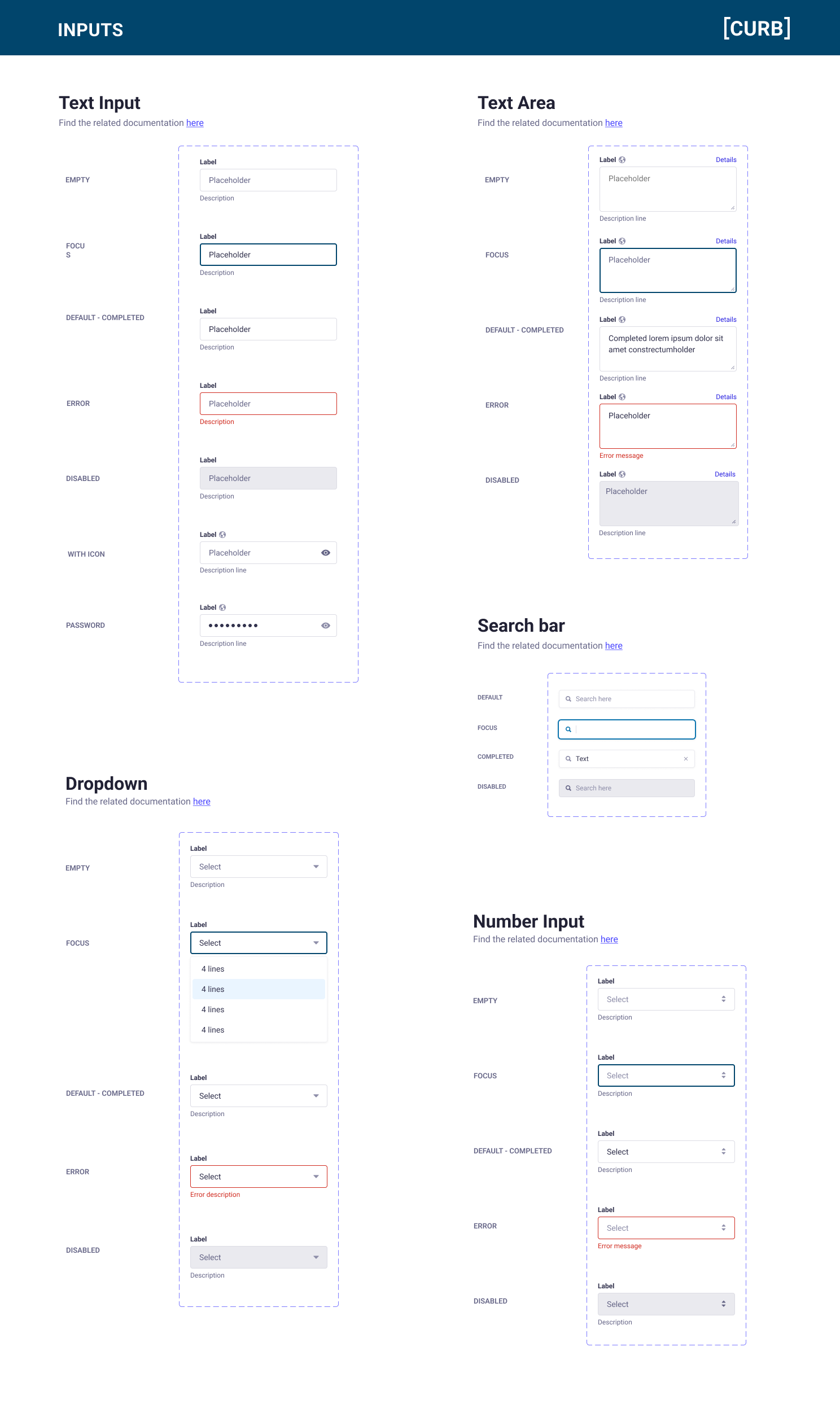
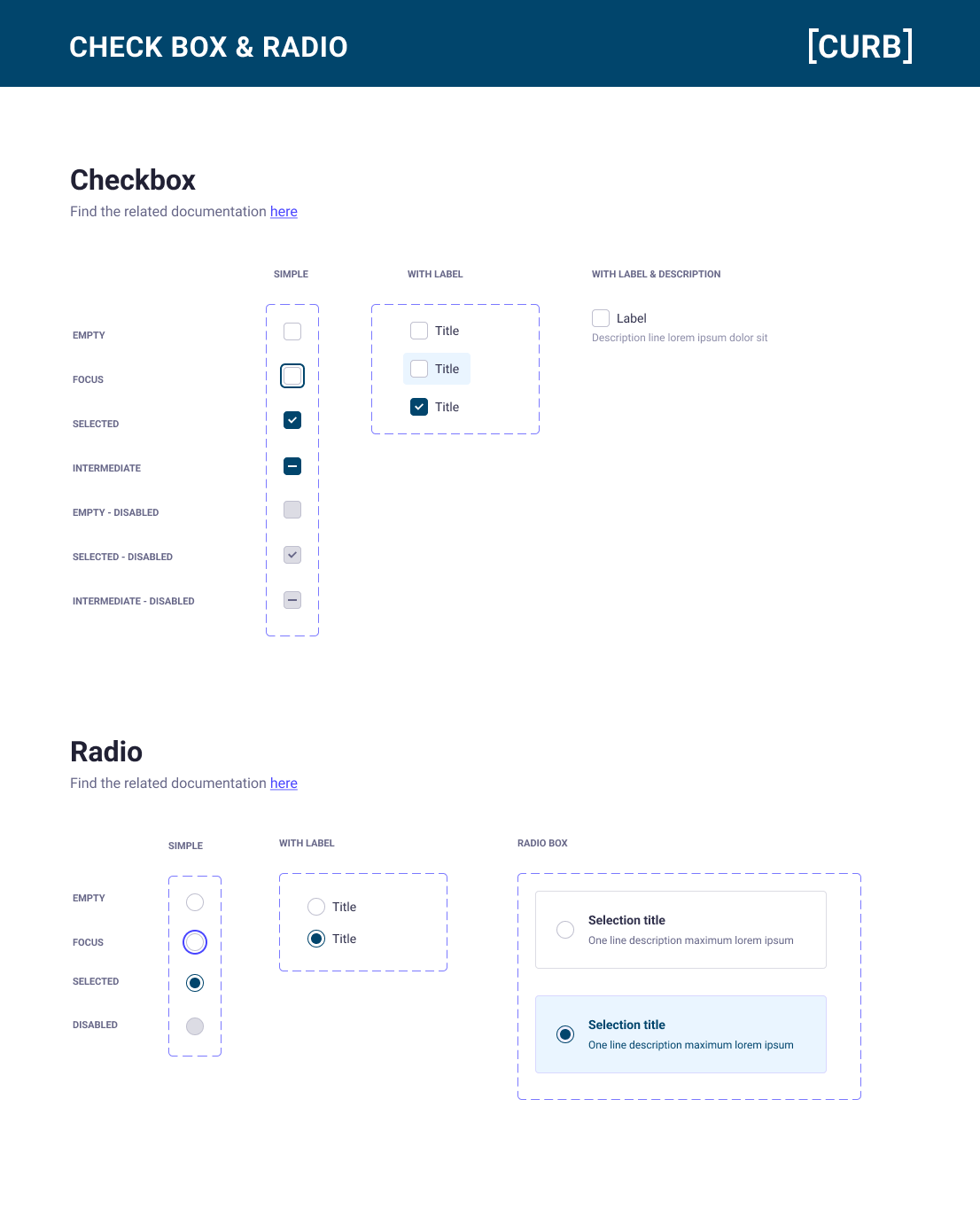
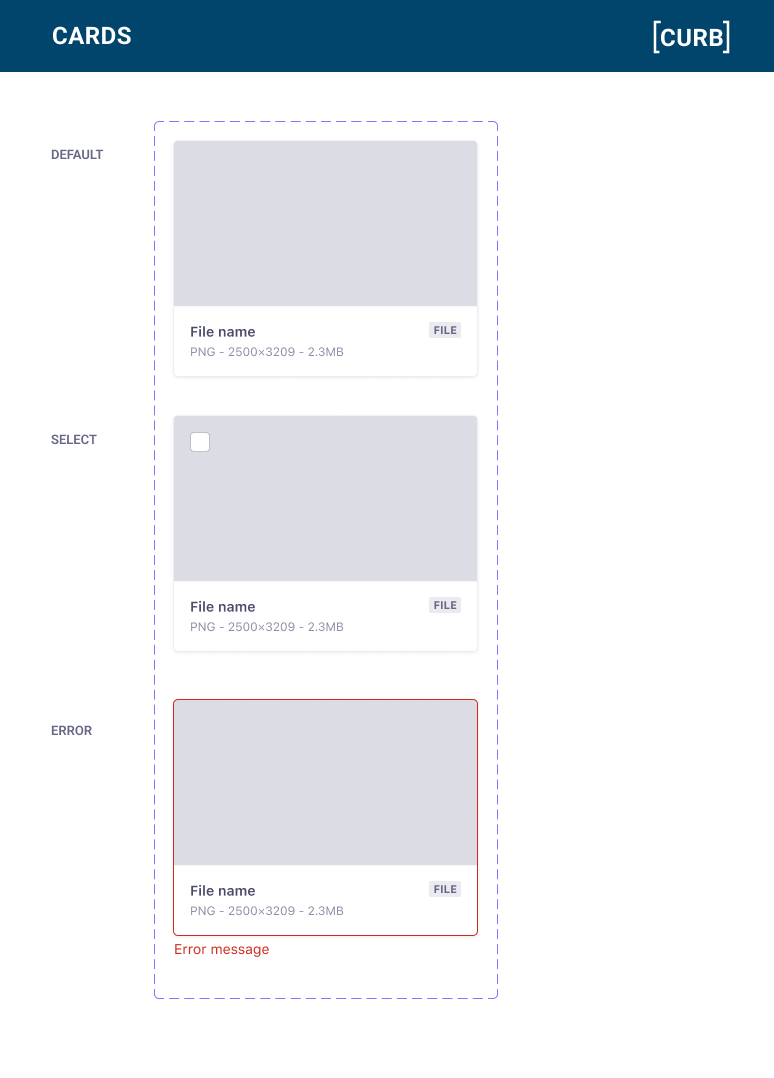

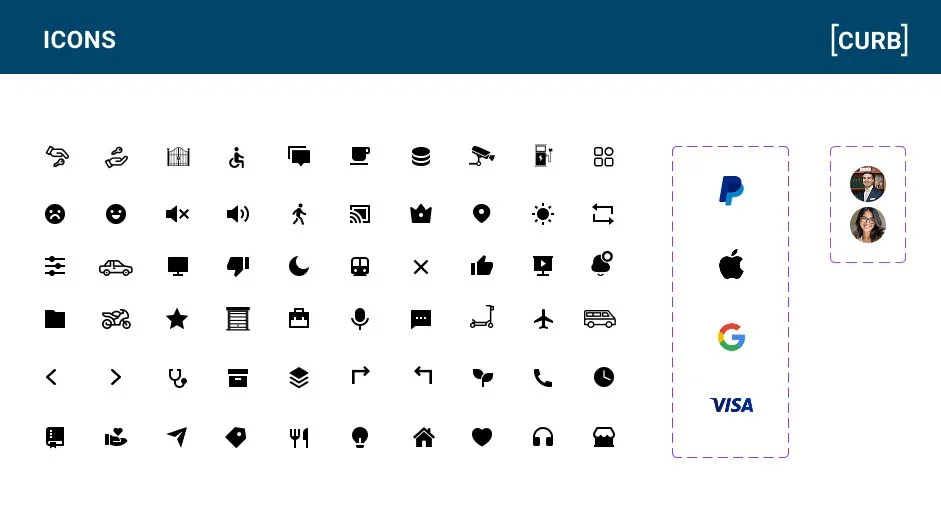
Atoms
Template
Organisms
Molecules
Documenting for Scale, Clarity, and Collaboration
In collaboration with engineers, we created a centralized Storybook library to quickly align the team. It included:
System foundations (color, type, spacing, etc.)
Usage guidance for components and patterns
Examples for real-world implementation
The documentation became our team’s go-to reference for onboarding, design QA, and handoff.
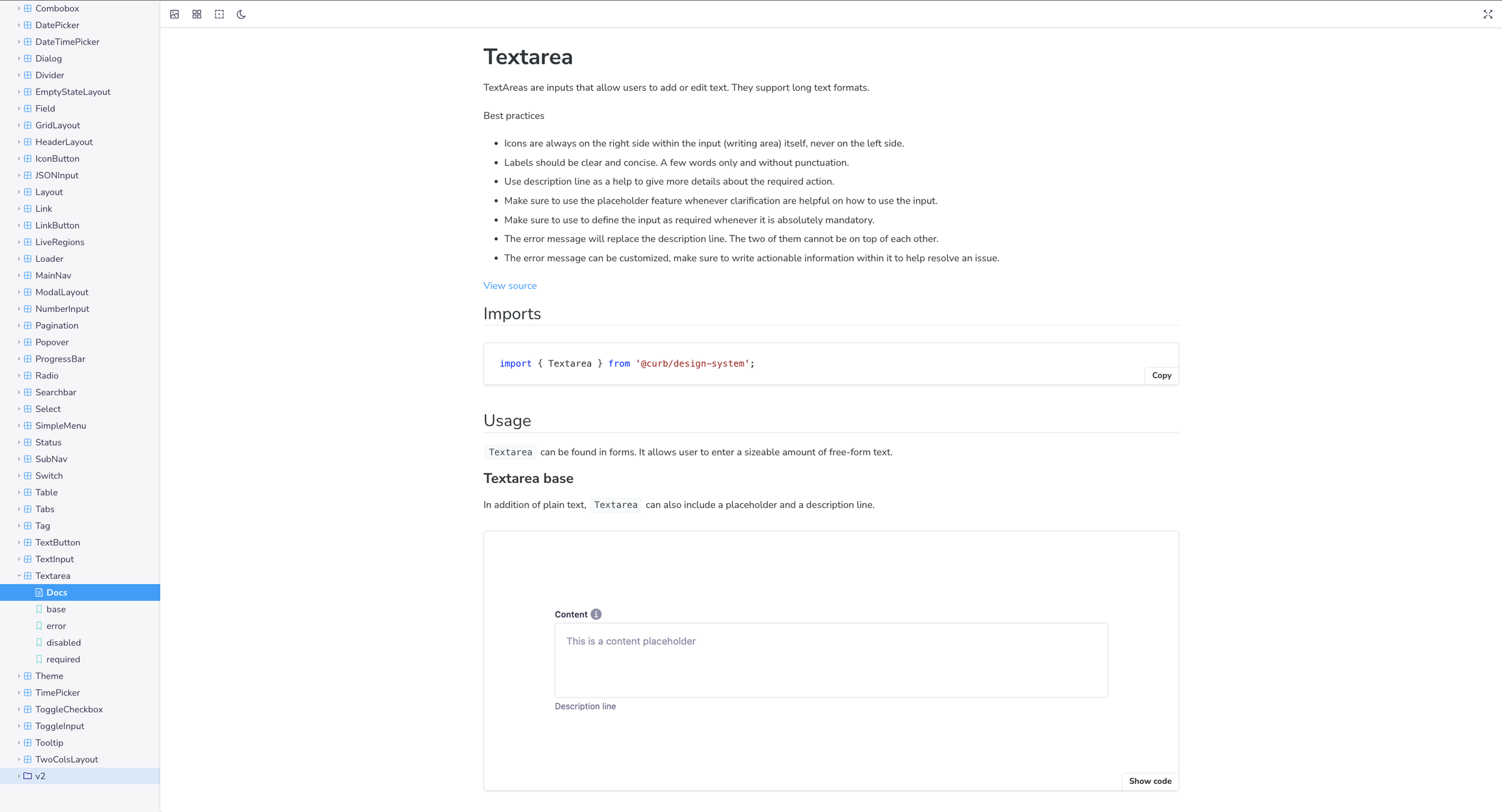
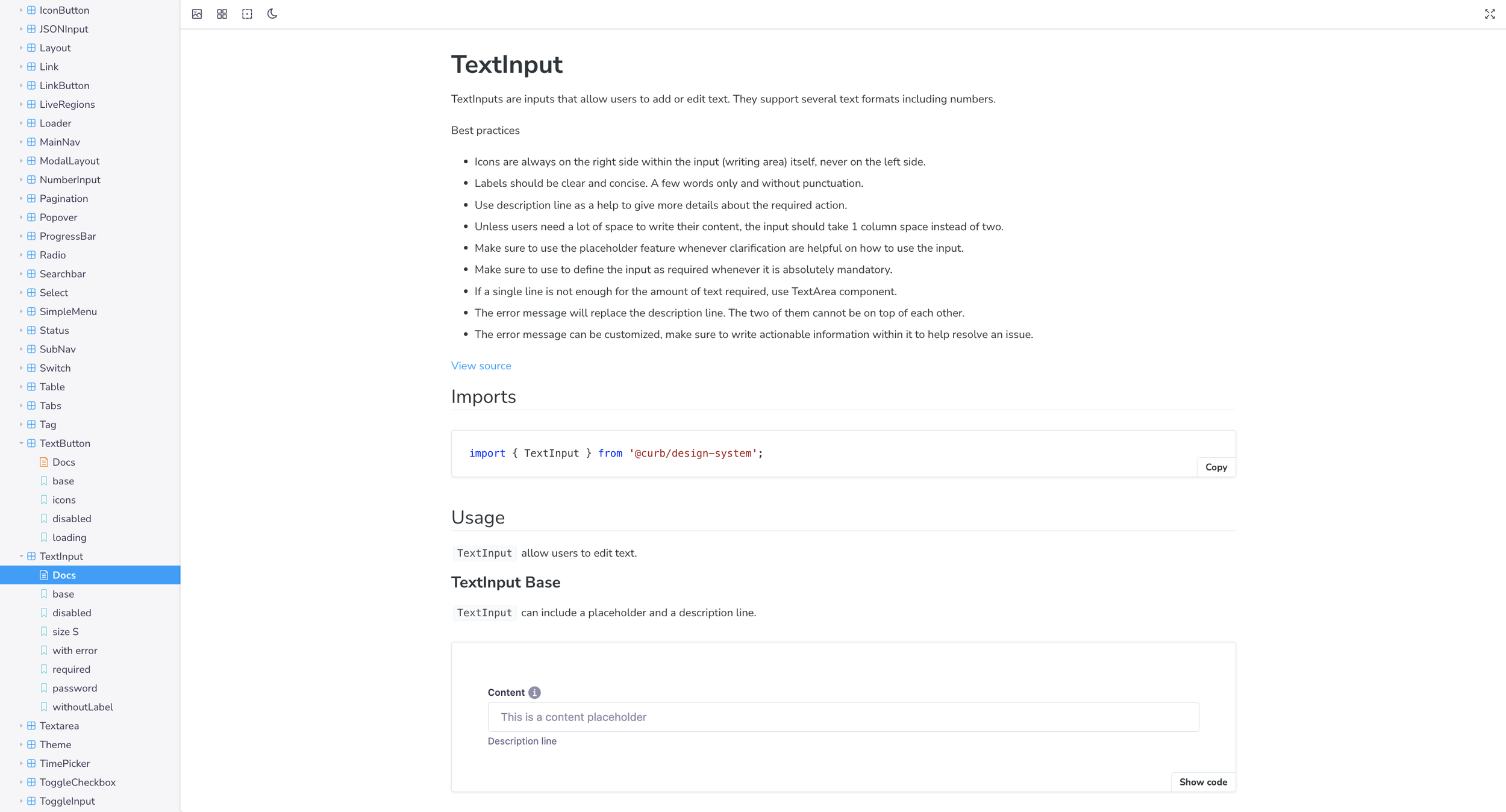
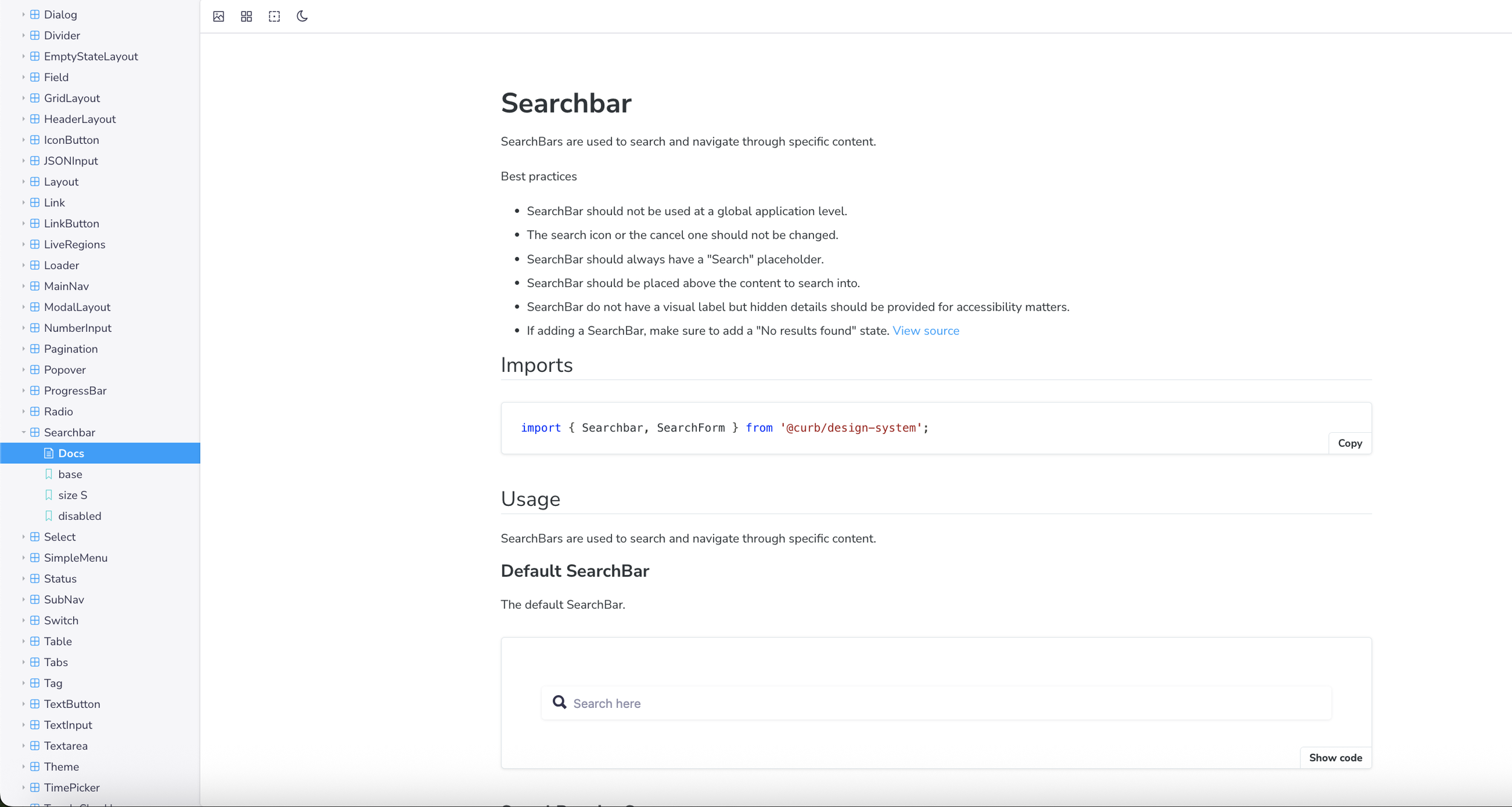
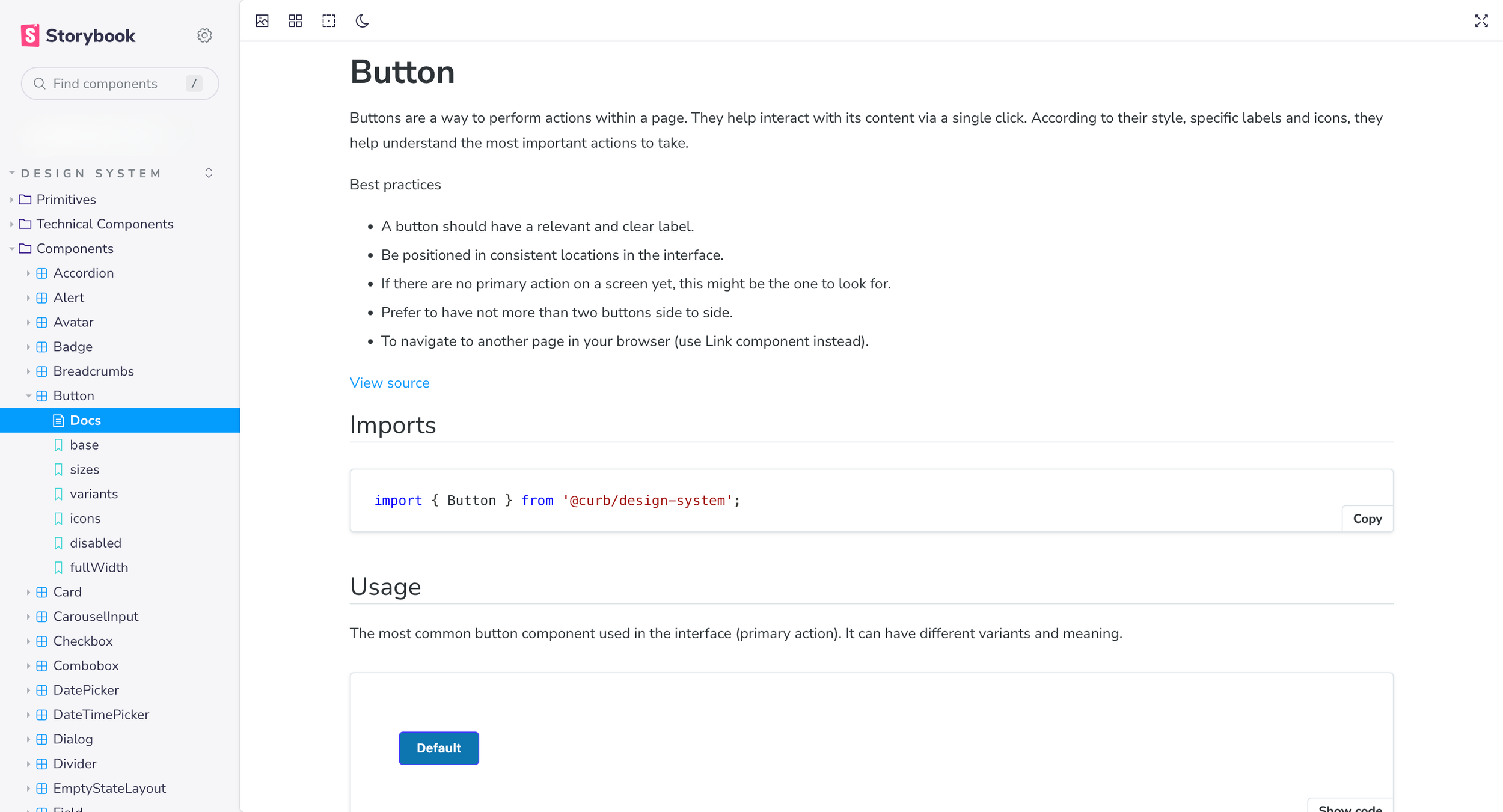

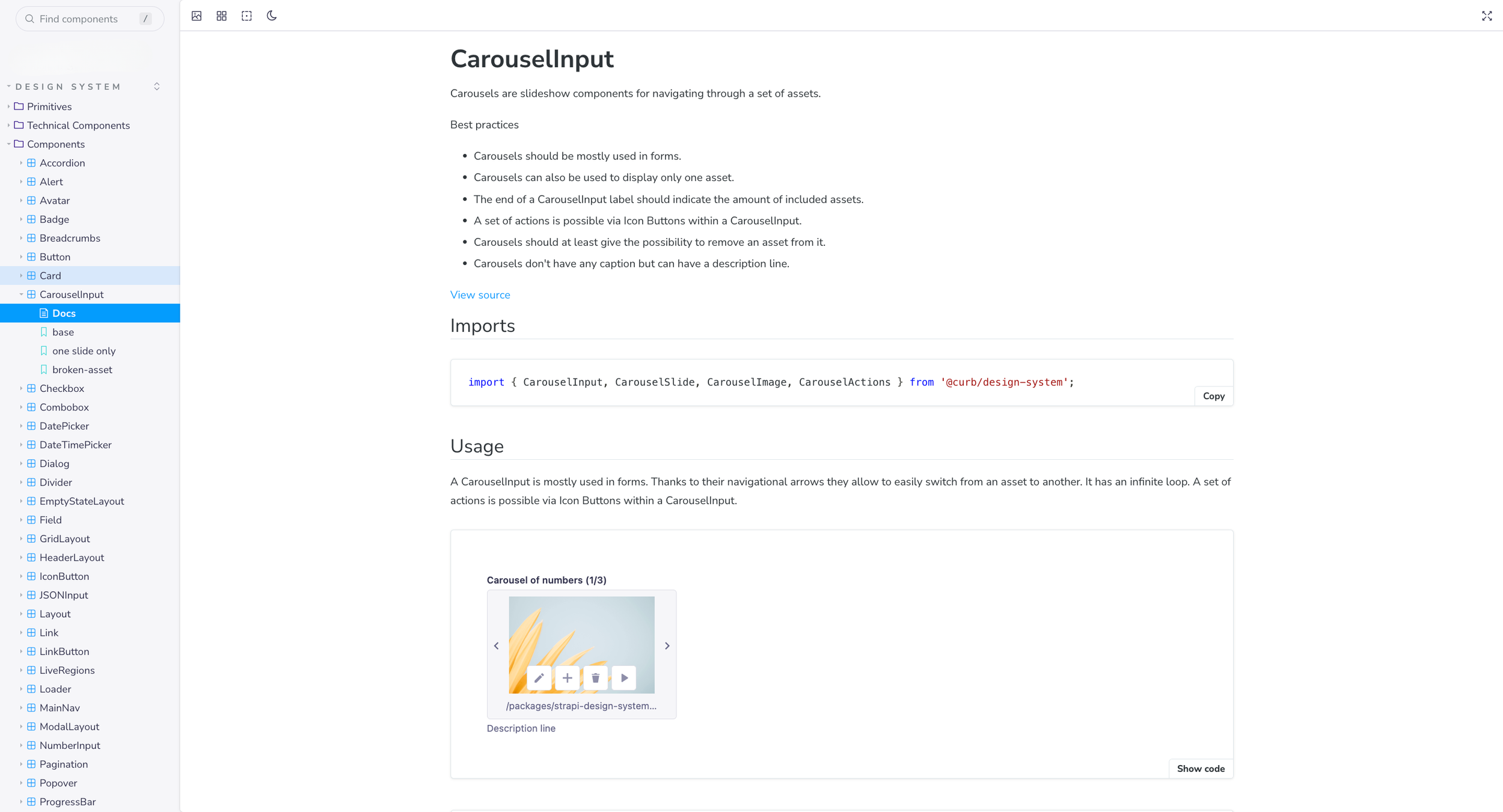

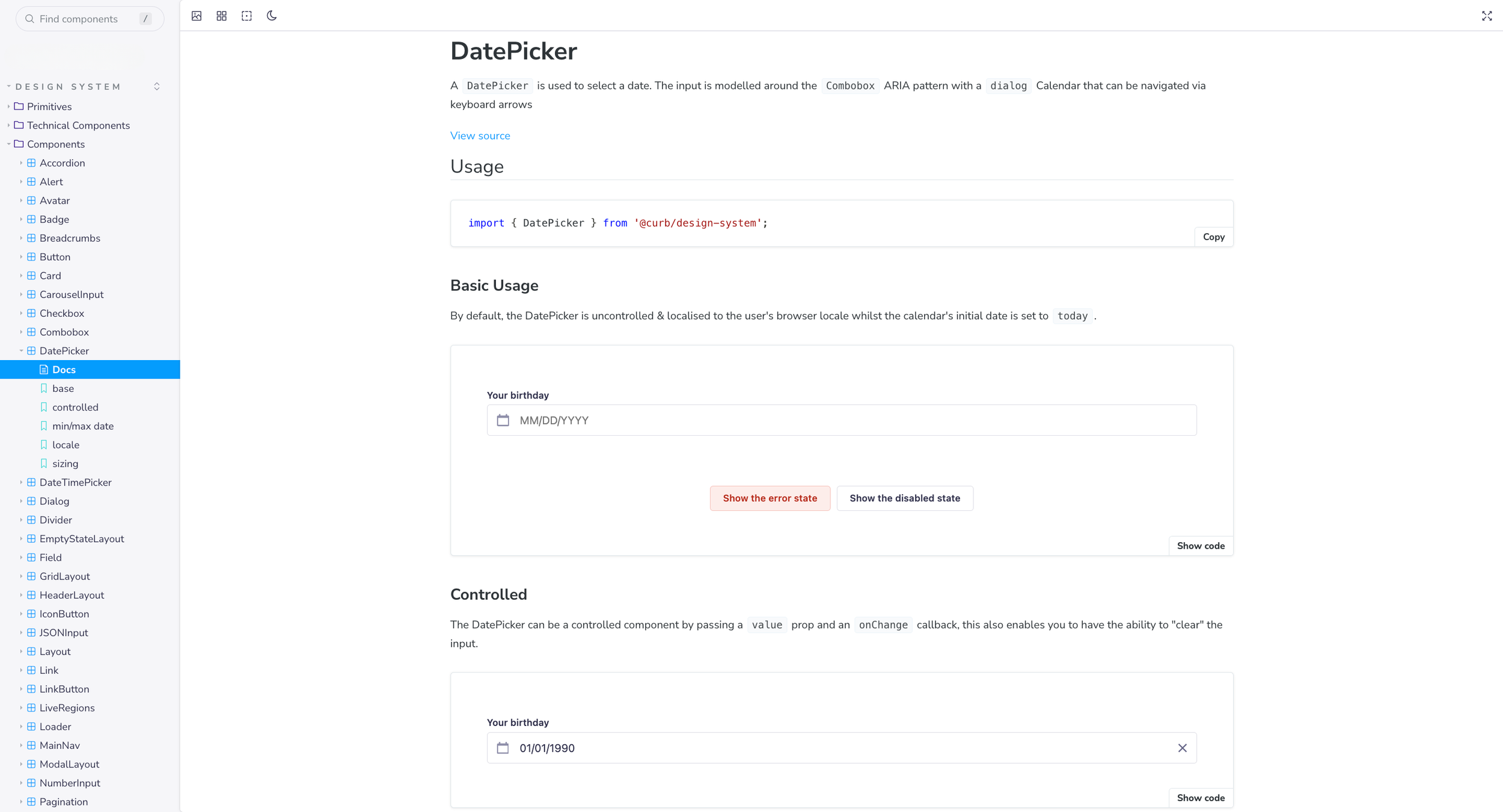

Results
CURB now has a fully documented and scalable design system with clearly defined standards, reusable components, and accessibility guidelines. It serves as a single source of truth for the product team and is built to support efficiency, cross-functional collaboration, and future growth.
Increased sprint velocity by introducing reusable components, enabling one additional feature per sprint and reducing design-to-dev handoff time by two days.
Conclusion
Working at CURB was an valuable experience that challenged me to take full ownership of the product design process in a fast-paced startup environment. As the sole designer, I was responsible for building CURB’s first design system from the ground up while ensuring that every design decision aligned with business goals and engineering timelines.
One of the biggest challenges I faced was adapting to CURB’s development-first approach. With engineering moving quickly, there was limited structure in place for design. I advocated for the creation of a design system early on to bring consistency, improve collaboration, and set the foundation for a scalable product. Gaining buy-in and integrating the system into the existing workflow required strong communication and a proactive mindset.
Through this experience, I strengthened my ability to work independently, design for scale, and collaborate under pressure. The final designs were successfully developed and presented to investors, helping CURB secure funding and move closer to launch.














